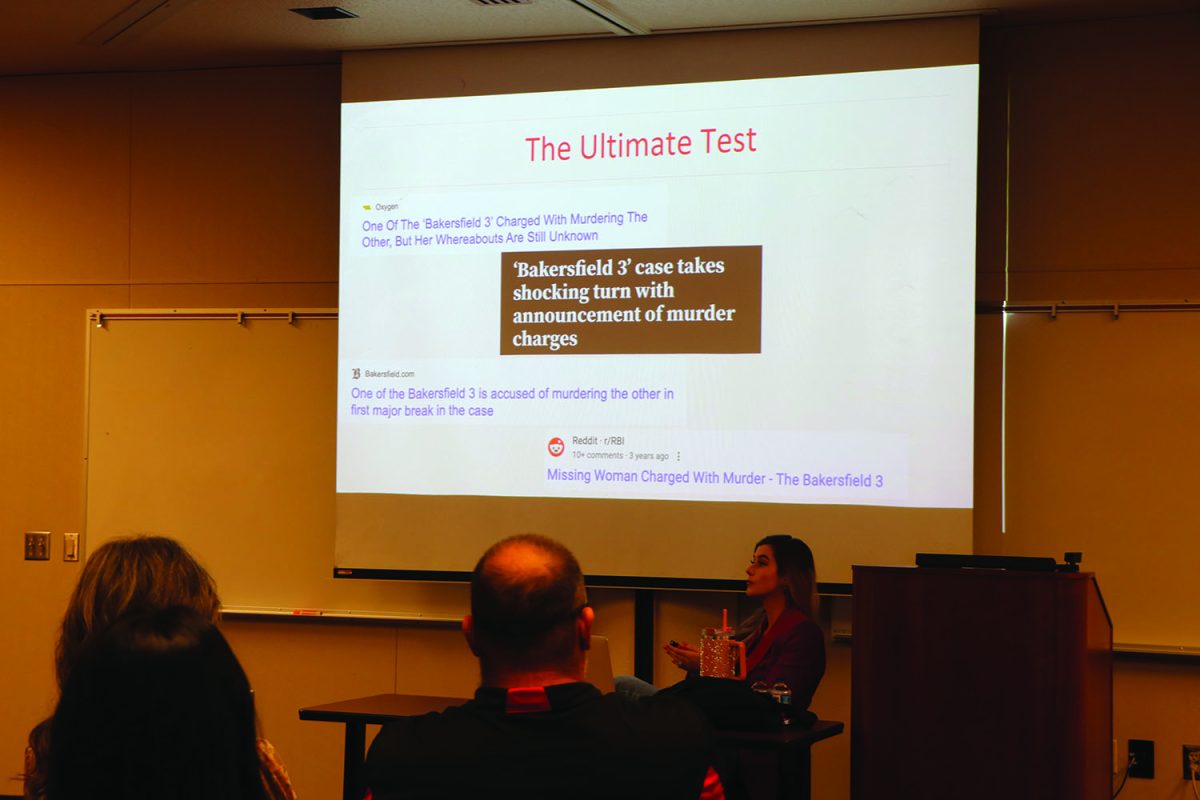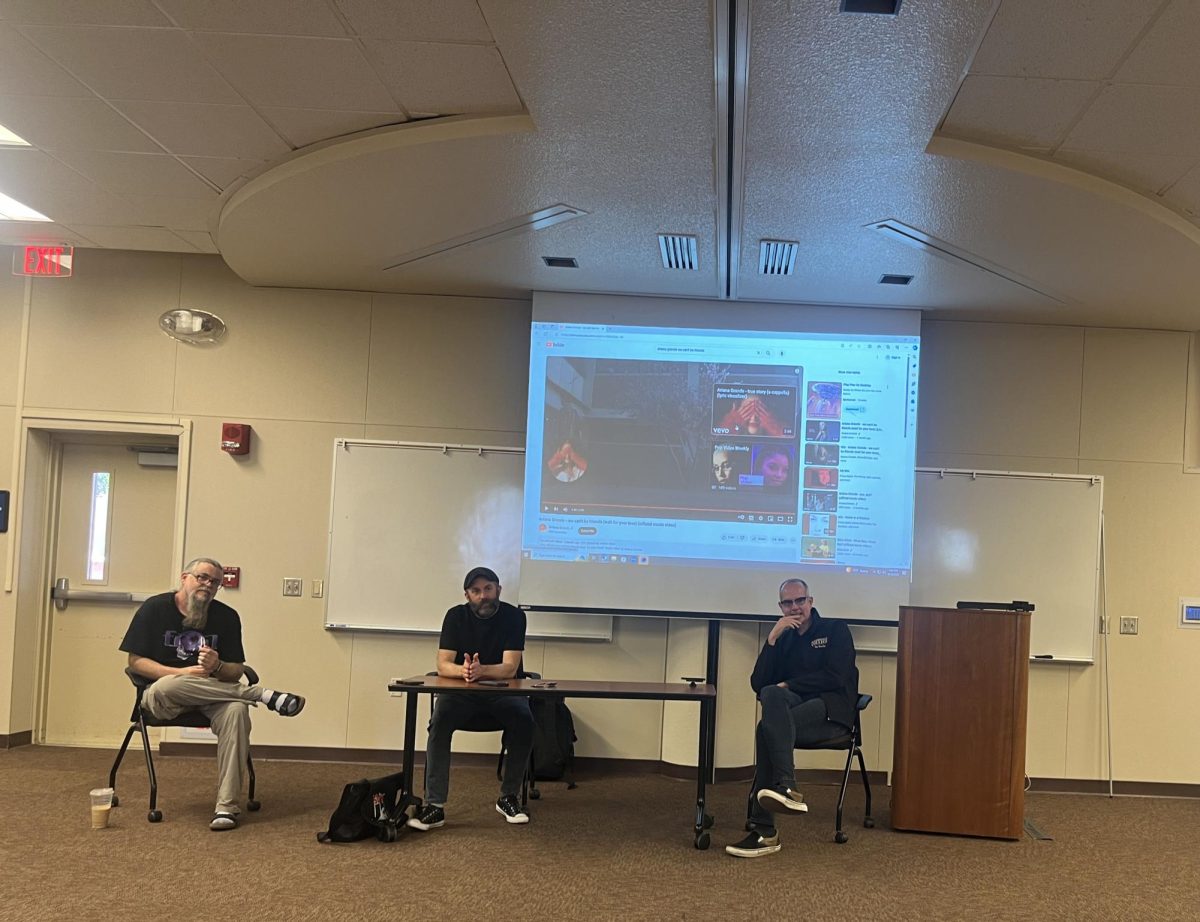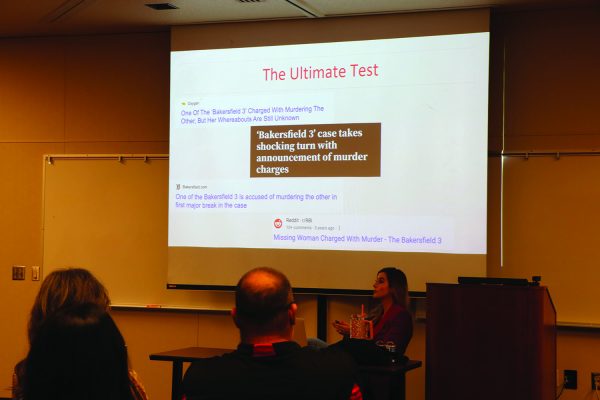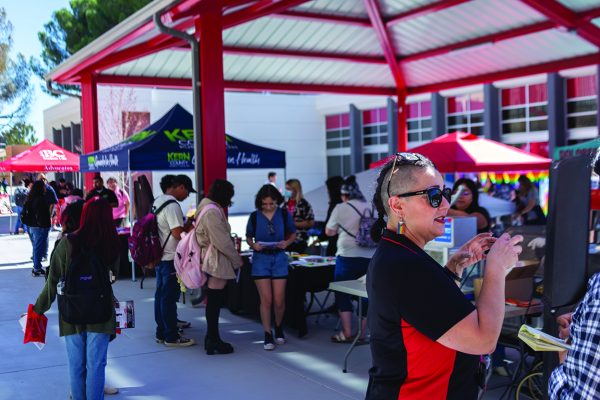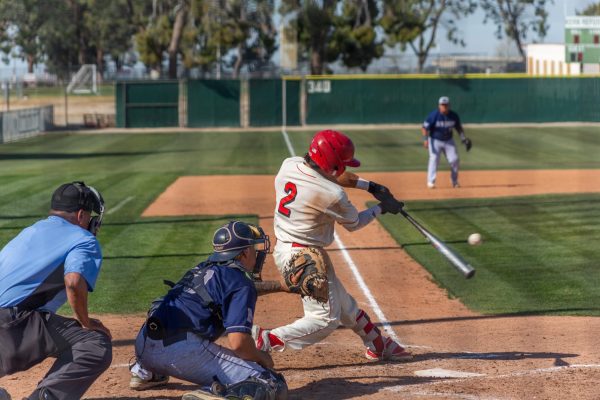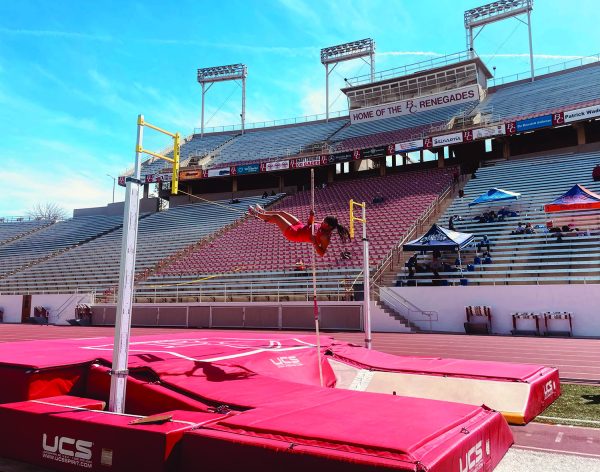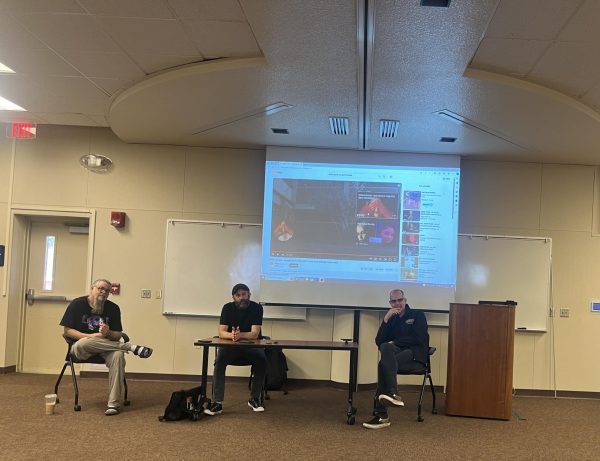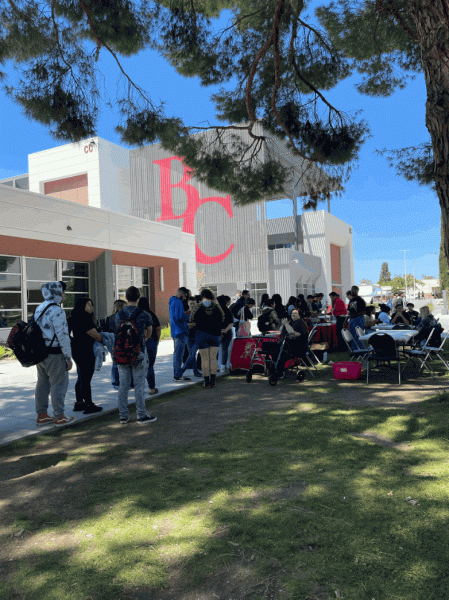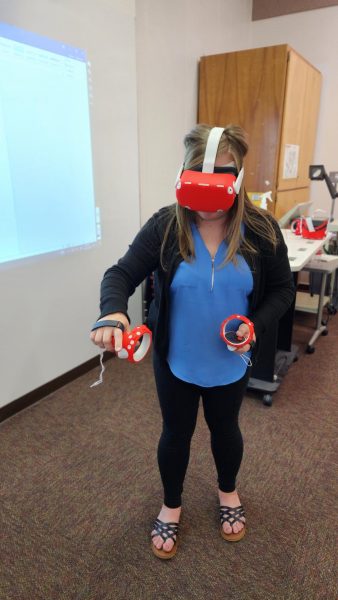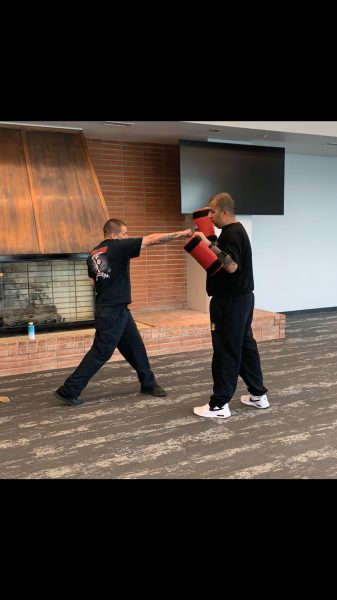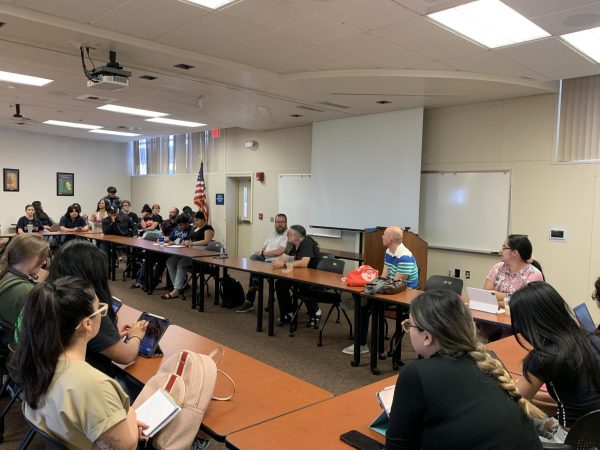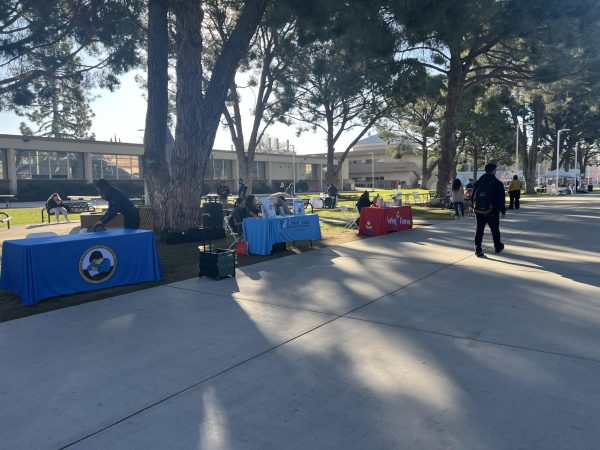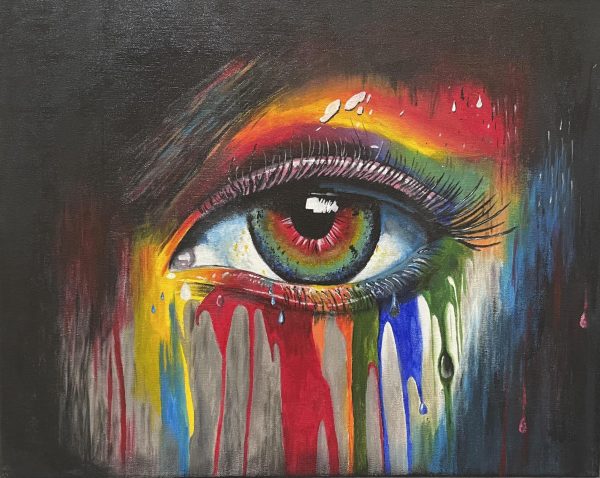Evidence technicians come to BC
September 23, 2015
On Sept. 16, Lt. Jason Townsend’s 6 p.m. Introduction to Evidence class welcomed Bakersfield Police crime scene technicians Jeff Cecil and Lisa Wedeking-White to talk about the process of evidence collection, share a few experiences, and demonstrate some of the tools CSTs use to help solve crimes.
Cecil drew on his 14 years of experience as a Bakersfield Police Department crime scene technician and certified latent fingerprint examiner during the visit, showing photographs and sharing stories.
Cecil also demonstrated the electrostatic footprint collection technology currently in use by police departments all over America. Police service technician Lisa Wedeking-White accompanied Cecil.
She had been a private business owner for 15 years before deciding she wanted, “A real, grown-up job.”
After training, Wedeking-White was hired as a PST for the Bakersfield Police in 2012. After speaking to the class, she pulled out the magnetic powder and brushes for traditional fingerprint collection.
Cecil and Wedeking-White told the students that crime scene prcedure is nothing like what they may have seen on television. They explained the process and stressed the importance of evidence preservation and conservation. The evidence documenting process requires technicians to spend an average of eight hours at each crime scene they process.
Crime scene technicians work on an “on-call” schedule. Wedeking-White describes her workweek as “8 a.m. on Monday to 8 a.m. on Monday.” In fact, Cecil explained that Wedeking-White’s phone was on at that very moment, and said if a call came in, they may have to cut their visit short.
Another sharp difference between television CSIs and real life PSTs is the distance maintained between the evidence collection process and the physical enforcement of law.
Police service technicians have virtually no contact with suspects and are, by the nature of the job, removed from the actual event, sometimes by years.
This, Cecil admitted during his footprint collection demonstration, presents evidence preservation challenges as well. Evidence protection isn’t the priority of first responders, and he says the easiest type of shoeprints to recover using electrostatically charged Mylar floor sheets are “The 511s (regulation uniform boots) that the police officers wear.”
Cecil is quick to point out that this is incidental on the part of the officers. “They’re out there trying to save lives or find suspects.” Traditional fingerprint collection can also be problematic.
During her demonstration, Wedeking-White showed how lack of oil on someone’s skin might make his or her fingerprints more difficult to recover. The nature of the surface being dusted for fingerprints is less problematic. Wedeking-White demonstrated this by pulling a fingerprint off a golf ball using special transfer putty to pull the dust out of the divots.
After seeing the presentation, administration of justice major Kyle Brawley Fowler shared his career plan. Fowler chose administration of justice because of the variety of career paths such a degree can open. Fowler says the demonstrations left him with a better understanding of evidence collection and gave him advice about where and how police might be able to find evidence.
“It makes you think twice about where you put your feet or hands.”


